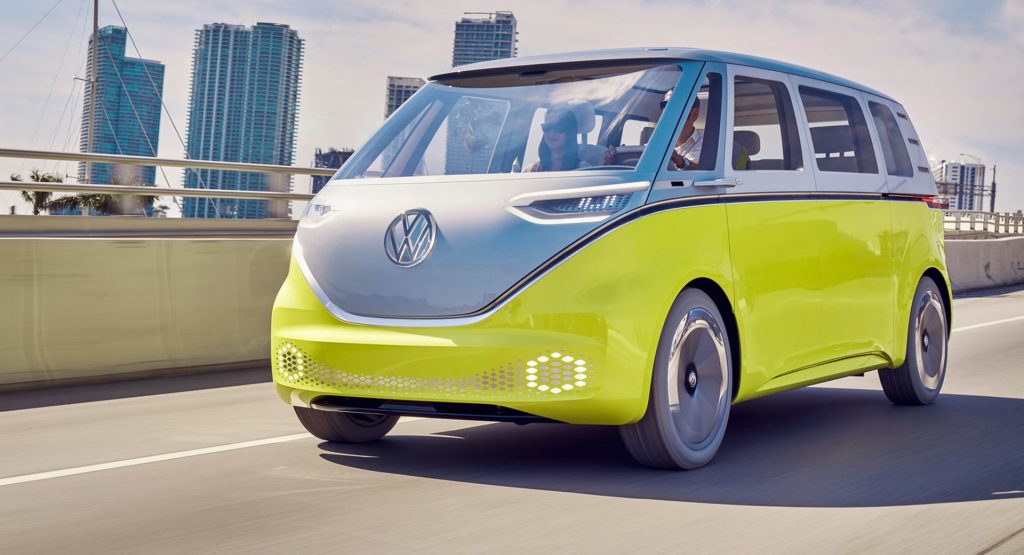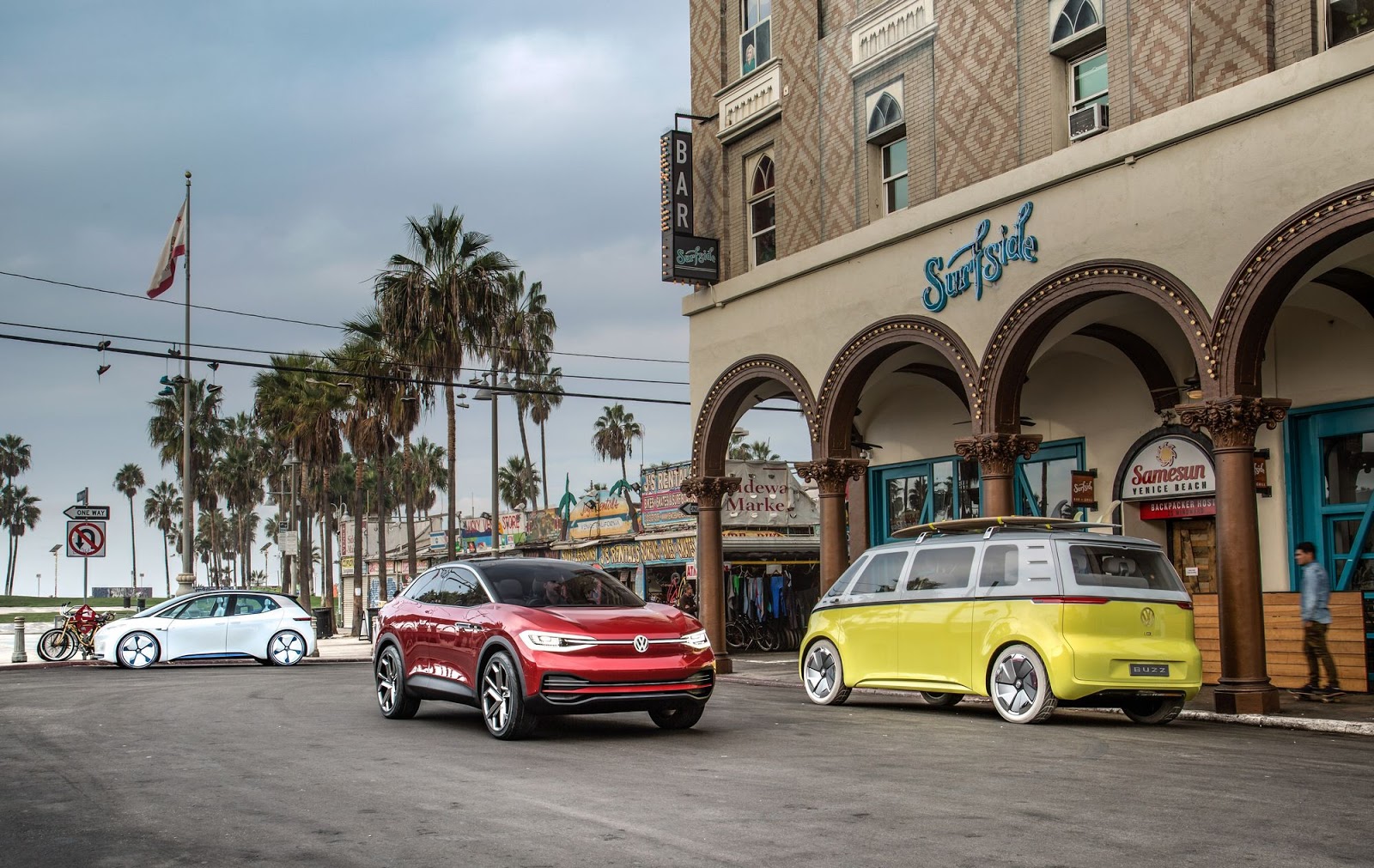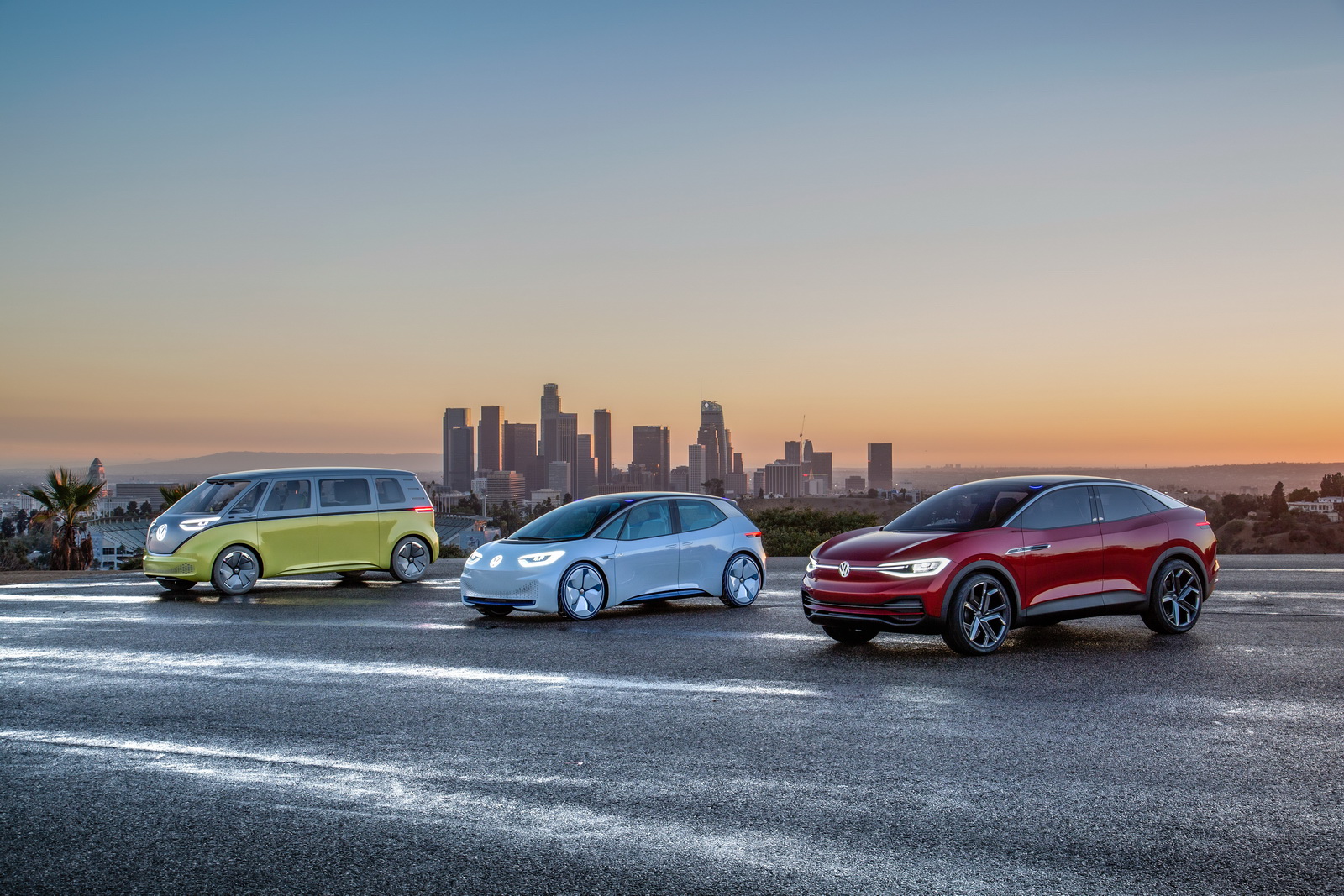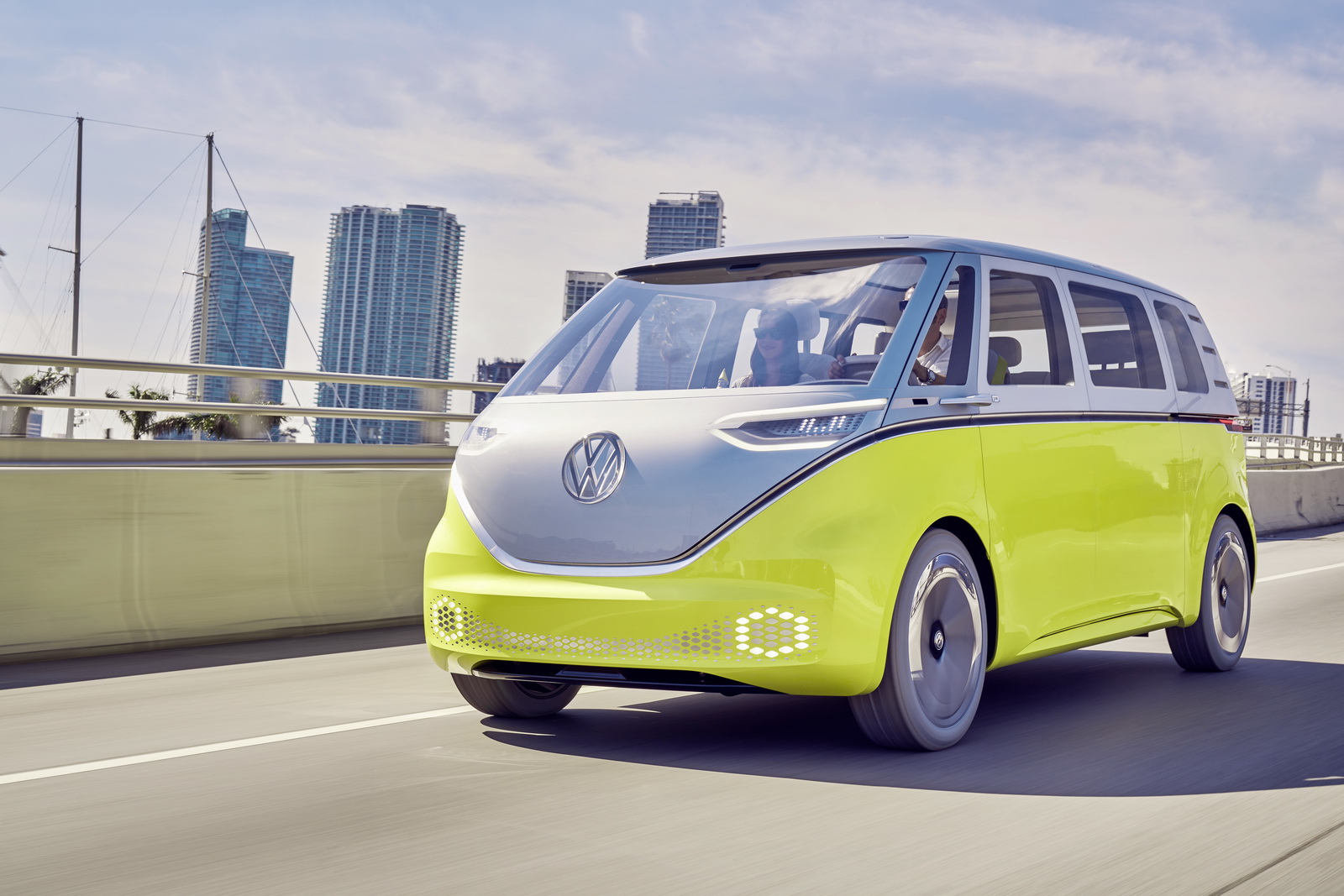Many automakers are promising to release fully autonomous vehicles within the next few years, and GM wants to put one with no driver controls in production in 2019, but these ambitious targets won’t be as easy to achieve as some would lead you to believe.
In a comprehensive report, Bloomberg has revealed that space meteorologists are concerned about how the driverless cars of tomorrow will deal with solar storms.
Such storms only occur occasionally but result in a massive spike in geomagnetic activity and radiation. For driverless vehicles which rely heavily on GPS, this could cause mayhem as the connection between a GPS system and the satellites could be cut off. In theory, disaster could follow on the roads.
According to Scott McIntosh, director of the high-altitude observatory at the National Center for Atmospheric Research in Boulder, Colorado, using GPS heavily in programming a driverless car from Point A to Point B is an issue.
“There is a lot riding on this, from an actuarial point of view. All it is going to take is a couple of accidents for the industry to suffer.”
Fortunately, there are systems in place to avoid truly disastrous scenarios. In fact, a satellite currently sits 1 million miles from Earth and acts as a warning point for when solar storms are coming. It typically provides notice back to Earth 30 to 60 minutes before the storm hits the planet.
Senior director of the automotive unit at Nvidia Corp Danny Shapiro says driverless cars also have enough redundancy to pull over and stop in case something like a solar storm happens.
Finally, the sun’s energy flares such as solar storms largely follow an 11-year cycle. The last one occurred in 2014, so makers of fully autonomous cars have quite some time to figure out how to deal with such issues until our solar system’s star bursts out again.






